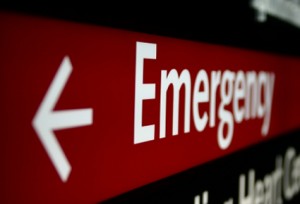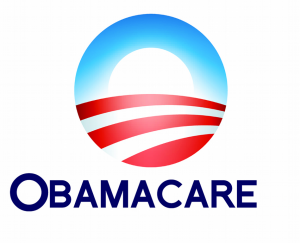The Affordable Care Act (ACA), also known as “Obamacare,” continues to have fits and starts, but its implementation has steadily progressed. One objective of the Act is to provide medical insurance for all Americans, including the millions of people unable to afford private insurance. This goal is being accomplished by expanding Medicaid coverage to low-income populations. According to President Obama, the Affordable Care Act should eventually “bend the cost curve” of the American health care system.

Proponents of the ACA have persistently claimed that expanding Medicaid would save money by moving newly insured people out of expensive, crowded emergency rooms and into more cost-effective primary care offices. In fact, in a 2009 speech, President Obama stated that if everybody has coverage, then “they’re not going to the emergency room for treatment.” But a new study from MIT published in Science suggests that expanding health care coverage to low income patients may be having an unintended consequence: increased emergency room visits. The study, using data from the Oregon Health Insurance Experiment, found that people who gained access to Medicaid coverage used the emergency room 40 percent more than those who did not have coverage.
The Oregon Health Insurance Experiment is the first health insurance study in the United States to randomly provide coverage. It does so through a lottery system. In 2008, Oregon’s Medicaid program accepted new participants through an 89,824-person lottery, “the framework of a randomized controlled design,” as the authors of the MIT study called it. Experimenters saw this system as a potential way to eliminate confounding variables, and therefore better evaluate the effects of Medicaid coverage. Overall, the MIT researchers wrote, “We found increases in emergency-department visits…including increases in visits for conditions that may be most treatable in primary care settings.”

Despite this increase in ER visits, Dr. Howard Forman, Professor of Public Health and Economics at Yale University and a practicing radiologist, remains optimistic about the Affordable Care Act. “The emergency room has developed into the de facto multi-specialty clinic for many patients. It is not surprising that in the presence of insurance that people will access the emergency room when they need to,” he said.
Forman acknowledges that emergency room care is more expensive than care by primary care providers. However, the availability of primary care providers may be the bottleneck in the system. The number of physicians who will accept Medicaid insurance is uncertain, and given the large number of people entering the expanded system, it is likely that nurse practitioners and physician assistants will take on more responsibility for the primary care of Medicaid patients. “I think that we have underemphasized the role that nurse practitioners and physicians’ assistants can play in helping to provide cost effective care to a larger population,” said Forman.

In addition to the transforming role of nurse practitioners and physician assistants, Forman thinks that there will likely be a dramatic change in the role of the emergency room in the delivery of healthcare as more patients and physicians participate in the Affordable Care Act. Specifically, he hopes that “with changing models for reimbursement, hospitals, emergency rooms, and physicians will collaborate to come up with alternative care models that will reduce costs and align the incentives” for better care for all citizens. In many ways, the ultimate success or failure of the Affordable Care Act may hinge upon such a broad-based collaboration.
